
The Mass is a form of sacred musical composition that sets the invariable portions of the Christian Eucharistic liturgy, known as the Mass.

The Mass in B minor, BWV 232, is an extended setting of the Mass ordinary by Johann Sebastian Bach. The composition was completed in 1749, the year before the composer's death, and was to a large extent based on earlier work, such as a Sanctus Bach had composed in 1724. Sections that were specifically composed to complete the Mass in the late 1740s include the "Et incarnatus est" part of the Credo.
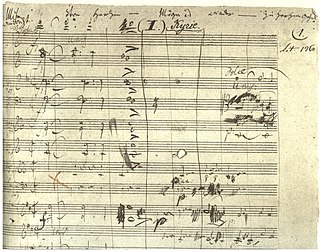
The Missa solemnis in D major, Op. 123, is a Solemn Mass composed by Ludwig van Beethoven from 1819 to 1823. It was first performed on 7 April 1824 in Saint Petersburg, Russia, under the auspices of Beethoven's patron Prince Nikolai Golitsyn; an incomplete performance was given in Vienna on 7 May 1824, when the Kyrie, Credo, and Agnus Dei were conducted by the composer. It is generally considered one of the composer's supreme achievements and, along with Bach's Mass in B minor, one of the most significant Mass settings of the common practice period.

Great Mass in C minor, K. 427/417a, is the common name of the musical setting of the mass by Wolfgang Amadeus Mozart, which is considered one of his greatest works. He composed it in Vienna in 1782 and 1783, after his marriage, when he moved to Vienna from Salzburg. The large-scale work, a missa solemnis, is scored for two soprano soloists, a tenor and a bass, double chorus and large orchestra. It remained unfinished, missing large portions of the Credo and the complete Agnus Dei.
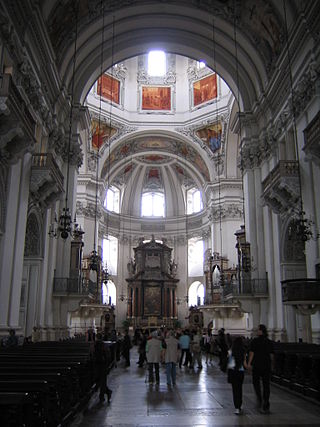
The Krönungsmesse, composed in 1779, is one of the most popular of Wolfgang Amadeus Mozart's 17 extant settings of the Ordinary of the Mass. While it is relatively short, Bruce C. Macintyre, writing in the Cambridge Mozart Encyclopedia, classifies it as a Missa Longa, on the basis of the festal character, size of the orchestra, which includes a substantial brass section, orchestral introductions for the movements and the setting of the intonations for the Gloria and Credo.
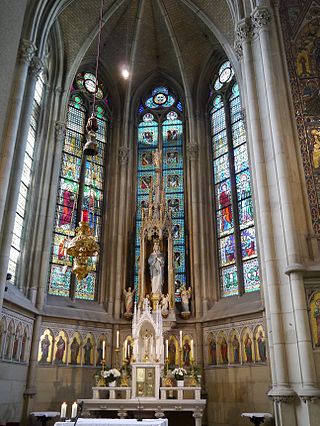
The Mass No. 2 in E minor, WAB 27 is a setting of the mass ordinary for eight-part mixed choir and fifteen wind instruments, that Anton Bruckner composed in 1866.
Most of Johann Sebastian Bach's extant church music in Latin—settings of the Mass ordinary and of the Magnificat canticle—dates from his Leipzig period (1723–50). Bach started to assimilate and expand compositions on a Latin text by other composers before his tenure as Thomaskantor in Leipzig, and he continued to do so after he had taken up that post. The text of some of these examples by other composers was a mixture of German and Latin: also Bach contributed a few works employing both languages in the same composition, for example his early Kyrie "Christe, du Lamm Gottes".
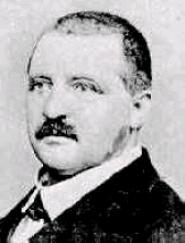
The Mass No. 1 in D minor, WAB 26 by Anton Bruckner, is a setting of the Mass ordinary for soloists, mixed choir and orchestra, and organ.

The Credo Mass in C major, K. 257, is a mass composed by Wolfgang Amadeus Mozart in 1776. It is scored for SATB soloists, SATB choir, violin I and II, 2 oboes, 2 clarini, 3 trombones colla parte and basso continuo.

The Missa brevis No. 7 in C major, K. 258, is a mass composed by Wolfgang Amadeus Mozart in 1776. It is scored for SATB soloists, SATB choir, violin I and II, 2 oboes, 2 clarini, 3 trombones colla parte, timpani and basso continuo.
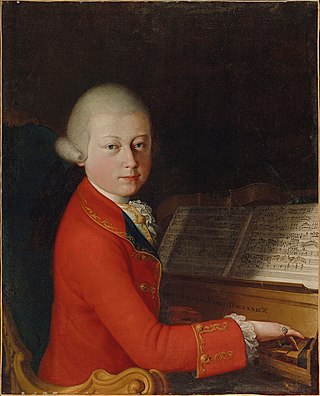
Mozart's Mass in G major, K. 49/47d), is his first full mass. It is a missa brevis scored for SATB soloists and choir, violin I and II, viola, and basso continuo.
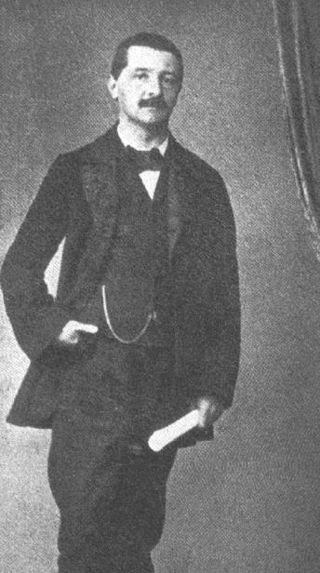
The Windhaager Messe, WAB 25, is a missa brevis composed by Anton Bruckner in 1842.

The Kronstorfer Messe, WAB 146, is a missa brevis composed by Anton Bruckner in 1843-1844.

The Messe für den Gründonnerstag, WAB 9, is a missa brevis composed by Anton Bruckner in 1844.

Apart from the 1733 Mass for the Dresden court, Johann Sebastian Bach wrote four further Kyrie–Gloria Masses, BWV 233–236. These compositions, consisting of the first two sections of the Mass ordinary, have been indicated as Missae breves or Lutheran Masses.

The Missa cellensis, Hob. XXII:8, fully Missa cellensis fatta per il Signor Liebe de Kreutzner composed in 1782, is Joseph Haydn's eighth setting of the Ordinary of the Mass. The title translates and is often identified by the German name Mariazeller Messe. It was commissioned by the officer Anton Liebe von Kreutzner on the occasion of his ennoblement.
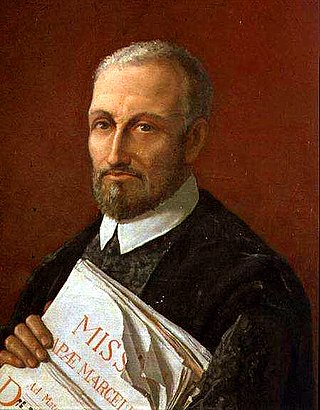
The Missa Brevis is a mass written by Giovanni Pierluigi da Palestrina first published in 1570 in Palestrina's Third Book of Masses and reprinted several times since. Its title may be misleading, as a missa brevis commonly refers to a short mass, which this is not. It is among the most performed of Palestrina's polyphonic repertoire.

Missa Providentiae is a Kyrie–Gloria Mass in D minor composed by Antonio Caldara, which around 1728 was expanded into a Missa tota by Jan Dismas Zelenka: this composer derived a Sanctus and Agnus Dei from Caldara's Kyrie and Gloria, and added a Credo, ZWV 31, of his own hand. Around 1738–1741, Johann Sebastian Bach made a copy of a Sanctus, BWV 239, which was based on the first section of the Gloria of Caldara's Kyrie–Gloria Mass.
Deutsche Messe is a Lutheran mass in C minor by Gottfried Heinrich Stölzel. He set the text of Kyrie and Gloria in German in 1739.















